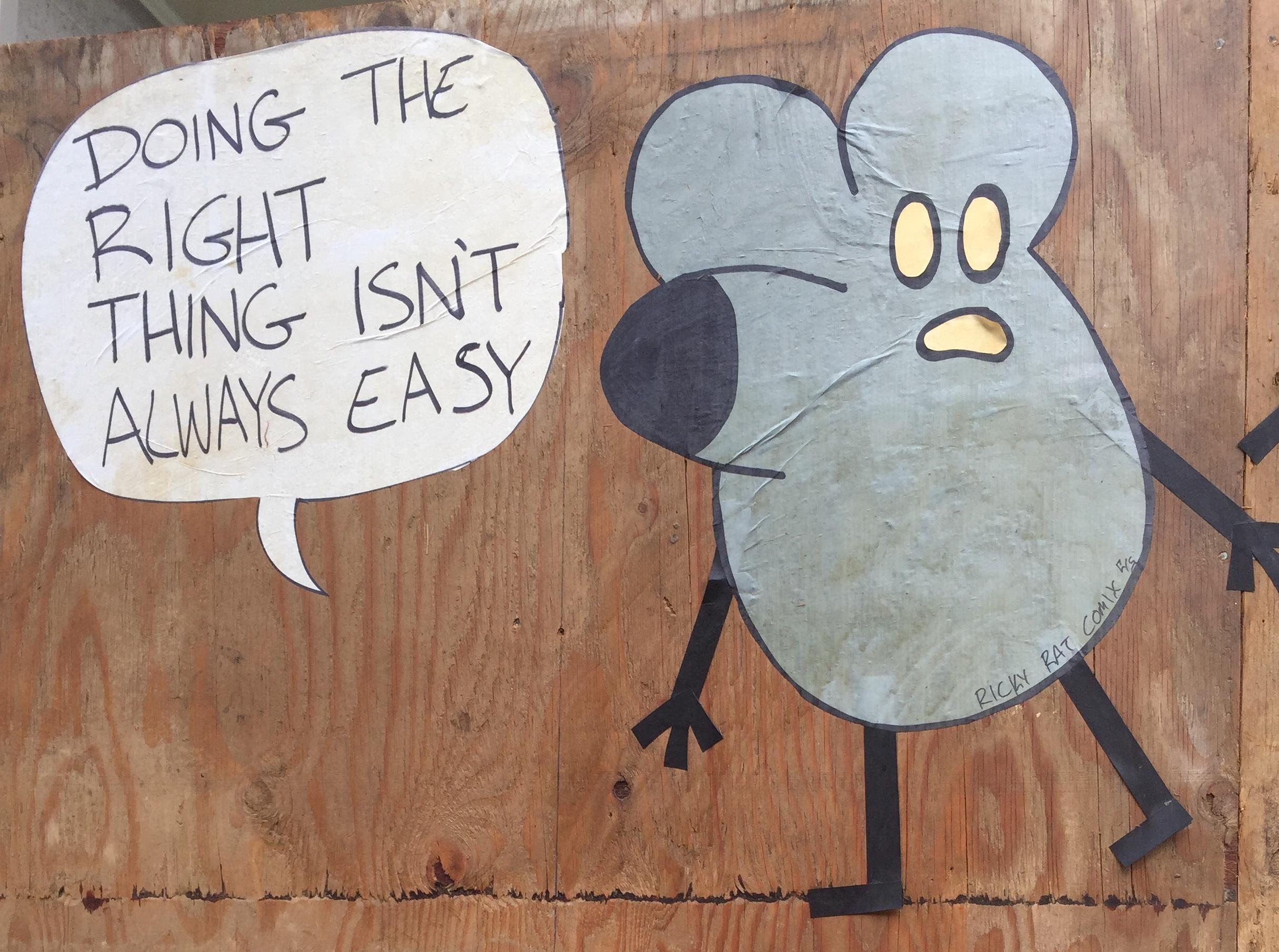Magic Wand to Wave to Keep Nonprofit Donors Close Virtually
It’s a scary world out there.
Is there a magic wand you can wave to keep your donors close while living in a socially distanced world?
Getting up close and personal with donors has always been the gold standard killer strategy for generating passionate gifts and keeping donors loyal. But we didn’t take the term “killer” literally!
Today it’s simply too dangerous for folks to leave home.
So… what can you do instead? Plenty!
Thanks not only to digital technology, but also to familiar tools like the telephone and snail mail, it can be pretty easy to stay attuned and in touch even when practicing social distancing.
Your ‘donor love’ wand still has an abundance of fundraising and donor stewardship magic in it, if you just think a bit creatively. And it doesn’t have to cost you a lot of money.
Today I want to share with you some of my favorite ‘wand wave’ tricks for end-of-year fundraising season. Depending on who you connect with, and how you tweak your message, they work to:
- Acquire new donors
- Retain existing donors
- Upgrade existing donors
Consider your goals first. Then pick from among these strategies.
Even if you just do one of these things between now and the end of the year, you’ll boost your fundraising results.
Details


 Everyone is saying it.
Everyone is saying it.

 Connect, Connect, Connect – with Everyone!
Connect, Connect, Connect – with Everyone!



 This Thursday folks in the United States will celebrate what I consider to be the social benefit sector holiday of the year:
This Thursday folks in the United States will celebrate what I consider to be the social benefit sector holiday of the year:
 For fundraisers, December is a marathon of appeals, posts, thank-yous, events, and all the other tasks associated with the busiest month of the fundraising year. For donors, it’s equally chaotic. Family, friends, work, holiday planning, and parties crowd their schedules. Advertisements clog up their email inboxes and news feeds. They receive multiple appeals from multiple nonprofits looking to capitalize on holiday generosity.
For fundraisers, December is a marathon of appeals, posts, thank-yous, events, and all the other tasks associated with the busiest month of the fundraising year. For donors, it’s equally chaotic. Family, friends, work, holiday planning, and parties crowd their schedules. Advertisements clog up their email inboxes and news feeds. They receive multiple appeals from multiple nonprofits looking to capitalize on holiday generosity.